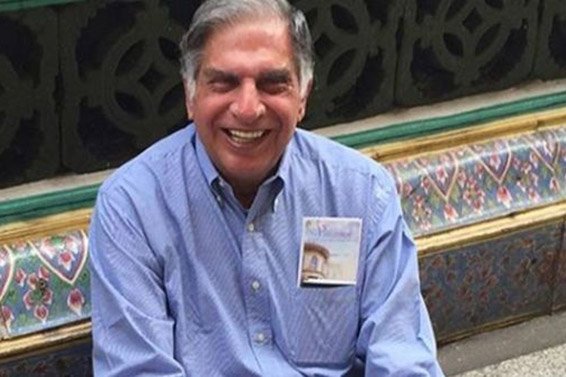Life and death among India’s endangered vultures
Fewer numbers meant rats and feral dogs multiplied and rabies in humans soared, writes Victor Mallet
A few days ago, I had the pleasure of watching a pair of red-headed vultures, also known as king vultures, feasting on the rotting skin and carcase of a deer in the Panna tiger reserve in the central Indian state of Madhya Pradesh.
I say “pleasure” because happy vultures are an indicator of ecological health — vultures are now vanishingly rare in most of India — and the scene reminded me of the rich wildlife and open spaces of the African veld.
For all their ugliness, vultures are often the good guys in Indian culture and mythology. In the Ramayana epic, the vulture Jatayu loses his life trying to save Rama’s wife Sita from the monster-king Ravana of Lanka. Jatayu’s brother Sampati provides the aerial surveillance that helps Rama and his friends locate and rescue Sita.
You would not know it today, but vultures were ubiquitous across India until the 1990s, even in the Jor Bagh neighbourhood and Lodi Gardens in the centre of Delhi, one of the world’s largest cities. In a ritual similar to the “sky burials” of Tibetans to the north, the Zoroastrian Parsees of Mumbai used to expose their dead on so-called “towers of silence” to be devoured and recycled by vultures.
The sorry story of what happened to India’s vultures is a lesson in unintended consequences. Despite the country’s 1.3bn human population, Indians coexist remarkably easily with wild animals. I have seen a group of Sarus cranes, the world’s tallest flying bird, wandering across a field next to an industrial zone in densely populated Uttar Pradesh.
Yet the number of vultures in India crashed from 40m to less than 100,000 in a few years, with the three Gyps species — the white-backed, long-billed and slender-billed — particularly affected. “By 2007, we had lost 99.9 per cent of the population,” says Vibhu Prakash, a vulture expert at the Bombay Natural History Society.
The culprit was diclofenac, a drug used to treat inflammation in cattle. If a cow dies soon after being given the medicine and is then eaten by vultures, the vultures often die of kidney failure.
The consequences have been grim, and not just for the vultures. The birds have evolved into efficient carrion disposal units, with serrated tongues and stomach acids strong enough to kill dangerous pathogens. In their absence, cow carcases lay rotting across India. Rats and feral dogs multiplied and rabies deaths among humans exploded. Vultures, says Mr Prakash, “play a very important role in cleaning the system”.
You can still see vultures in remote areas. On paragliders, my family has soared with several vulture species in the thermals rising from the hill above Pokhara in Nepal. My Finnish pilot had previously flown with The Parahawking Project, which feeds them from the air.
In the Himalayas, you will come across the lammergeier, or bearded vulture, dropping animal bones on to slabs of rock to smash them and eat the marrow. There is even a gang of young Egyptian vultures that has been hanging out on the army polo field next to the ridge in New Delhi’s diplomatic quarter. But in swaths of India, the vultures are gone.
India banned diclofenac for veterinary use in 2006, and last year stopped production of multiple-dose packages for humans that were being diverted by farmers to their cows. The hope is that vultures bred in captivity can soon be reintroduced to the wild to start rebuilding the population.
“It’s quite a daunting task because getting the drugs removed is not easy,” says Mr Prakash. “We are a democratic country, so things don’t move that fast.”
Over in Africa, where the vultures have until now survived in greater numbers, the news is not good. The continent has already lost 70 per cent of its population, according to Munir Virani of The Peregrine Fund, an Idaho-based conservation group for birds of prey.
The vultures die at the hands of herdsmen who poison carcases to avenge cattle killed by lions. Poachers detest them because their presence in the sky signals a kill. And their brains are sold for traditional medicines.
“The great thing is that India has got its act together,” says Mr Virani. “The vultures are the most highly threatened functional group of vertebrates in the world.”
Published on Financial Times





